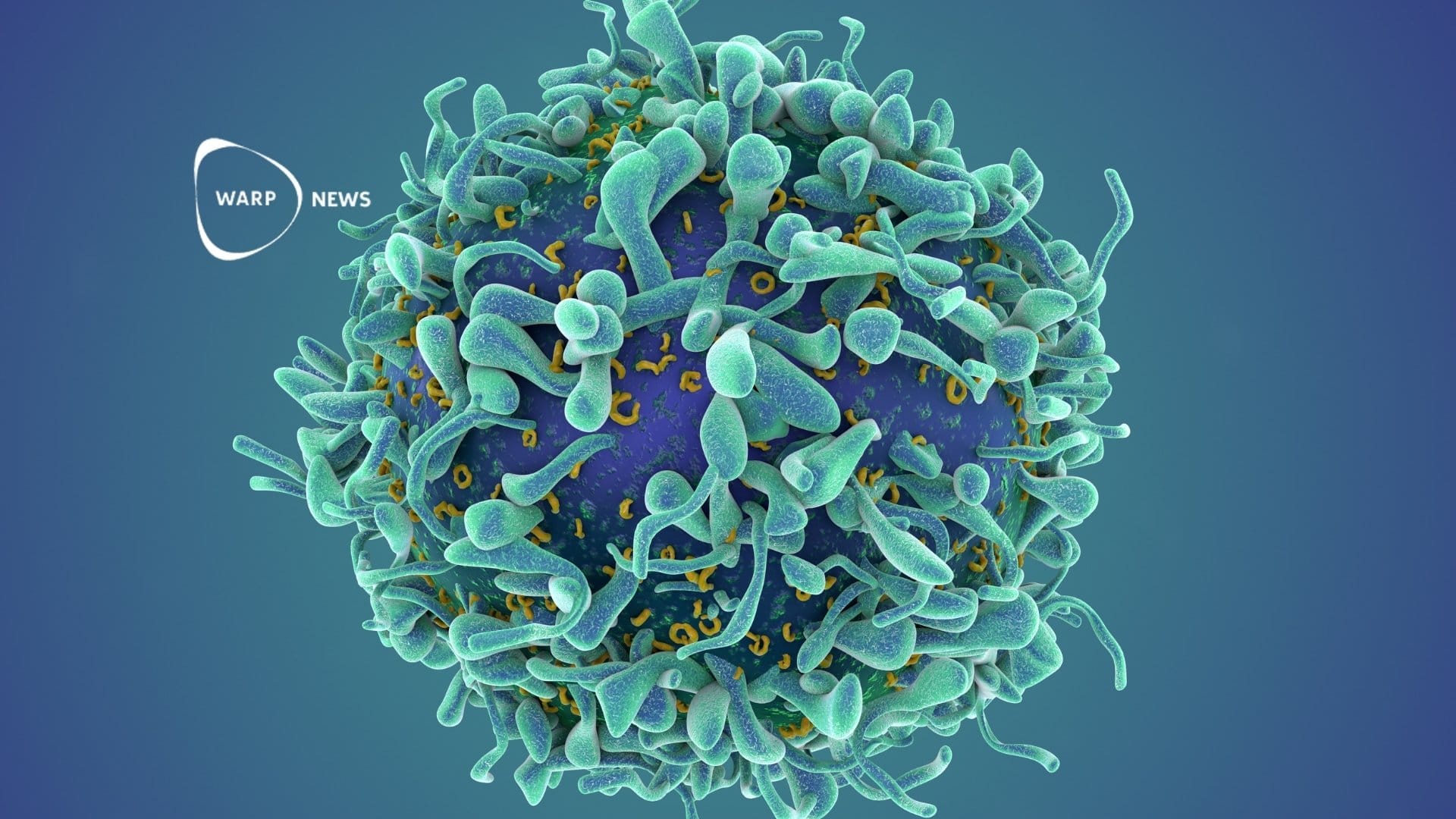
🩹 3D printing directly on organs revolutionizes medical treatment and control
New technology that makes it possible to 3D print medical equipment directly on moving organs, such as lungs, has the potential to revolutionize the treatment and control of injuries.
Share this story!
As 3D printers become more and more advanced, they have entered more and more arenas. This includes the medical field, where they are used for a variety of purposes . Now, new technology has been developed that makes it possible to print medical equipment directly on organs , including moving organs, e.g. a heart or a lung.
The advantages of being able to print with a 3D printer on moving organs are several. On the one hand, the technology makes it possible to print on the spot and thereby get flexible equipment to be adapted directly to the surface on which it is to sit. Secondly, it is possible to carry out the treatment without having to connect external devices to manage breathing or blood circulation in the meantime, as is common when surgical treatment of this type of organ is performed.
"The bigger picture behind the research is to combine 3D printing with surgical robots. In the future, this could mean that the 3D printer is only part of a larger autonomous system for medical treatment. It can make a big difference for, for example, diseases such as covid-19, where the risk of infection is high in treatment," says Michael McAlpine, a professor at the University of Minnesota, to the EurekAlert site .
To get around the problems of printing directly on a moving surface and changing shape, markers are used to keep track of the movements, much like motion tracking is used in movies to be able to apply 3D effects that should look natural. Then a soft hydrogel is used to print the sensor, making the sensor soft and compliant.
The technology has proven to work both on artificial surfaces and on an animal lung inflated by a machine. The principle has thus been found to hold even for living tissue, although tests have not yet been performed on living organisms.
By becoming a premium supporter, you help in the creation and sharing of fact-based optimistic news all over the world.


